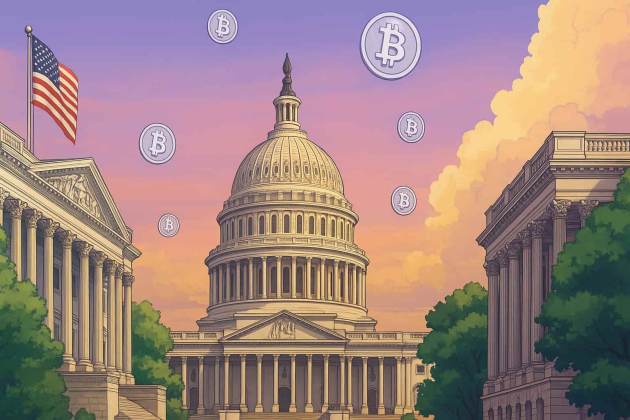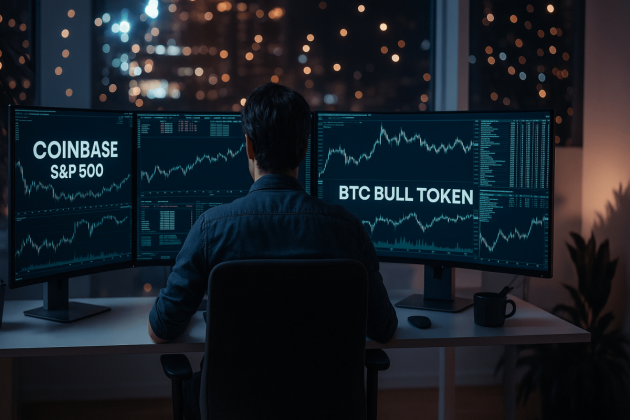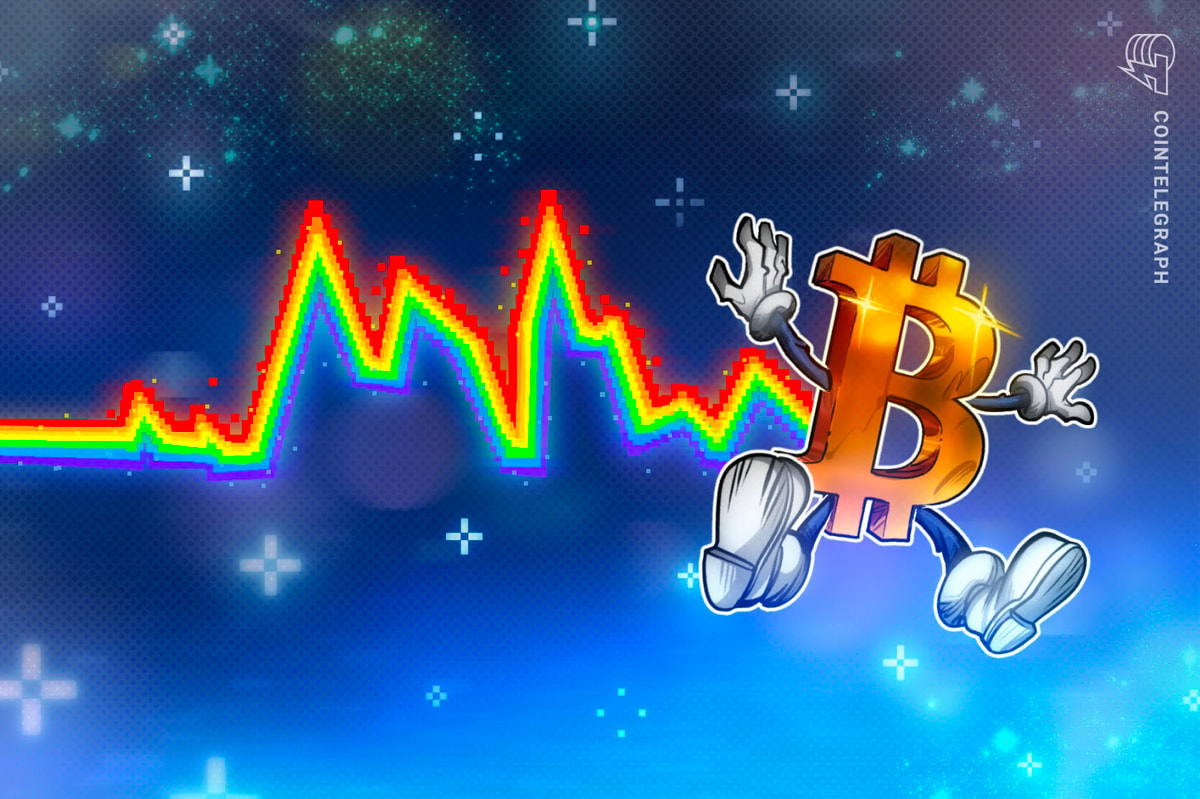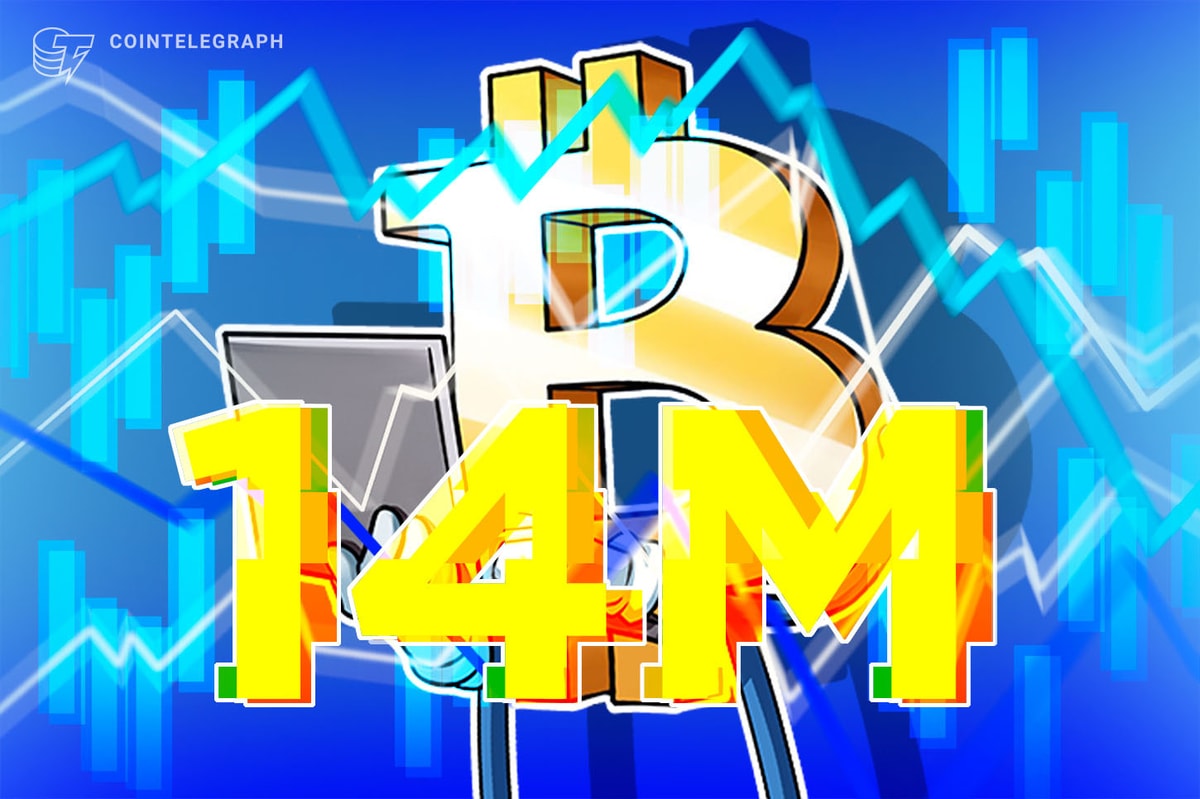Bitcoin (BTC) price has dropped 6.5% over the last seven days and the downside continued on Sept. 3 as the DOW dropped by 1.2%. The S&P 500 dropped 1.3%, while the Nasdaq Composite index slid 1.8% over the same period. Some traders attribute the downside to statements from the Bank of Japan (BoJ), rekindling recession fears regarding the health of the global economy.
BTC/USD hourly chart. Source: TradingView
According to Bloomberg, the market also fell on Tuesday, Sept. 3, as the Bank of Japan hinted at more interest rate hikes.
In a document submitted to a government panel chaired by outgoing Prime Minister Fumio Kishida, BoJ Governor Kazuo Ueda explained the central bank’s policy decision in July, reiterating that the regulator will continue to raise interest rates if the economy and prices perform as expected.
The yen strengthened against the US dollar following the comment, with the USD/JPY pair briefly reaching 145.1 from a high of 147.2 reached on Sept. 2. Bitcoin (BTC) lost $1,700 within two hours after the Wall Street open on Sept. 3 to reach an intraday low of $57,556, according to data from Cointelegraph Markets Pro and TradingView.
This reminded market participants of when the BoJ raised the benchmark borrowing cost in late July, triggering an unwinding of yen carry trades and destabilizing risk assets, including Bitcoin.
The unwinding of the yen carry trade rocked the global markets early last month and was partly responsible for BTC’s slide to $49,577 on Aug. 5.
Retail traders’ demand for Bitcoin is in freefall
Bitcoin has failed to spark investor interest since dropping from its all-time high of $73,835 as retail demand remains absent.
“The demand for $BTC among retail investors is almost dead,” popular crypto YouTuber Lark Davis wrote in an Aug. 31 post, basing his claim on the average monthly change in demand for Bitcoin. According to a chart shared by Davis, Bitcoin’s interest among retail investors has remained low since May 2024, signaling a lack of demand for BTC.
“Everybody wanted to buy Bitcoin at $73K, but nobody wants to buy it at $59K.”Source: Lark Davis
This is corroborated by data from GoogleTrends which shows that Google search interest for the term “Bitcoin” dropped to a 12-month low in August.
Since June 2021, worldwide search interest in the term has remained under 50 out of 100, with a brief spike to 40 in March 2024.
Interest in “Bitcoin” remains below 50. Source: Google Trends
Every bull rally is usually driven by increasing demand among retail investors, often characterized by high speculation and the fear of missing out. While institutions generally execute larger Bitcoin transactions, many analysts and traders believe that major price rallies for BTC price cannot begin until retail investor interest surges.
Even with the downside, Bitcoin is currently fairly valued
Despite mixed performance since reaching record highs on March 14, BTC remains stuck in a wide range stretching from $50,000 to $70,000. Despite this range-bound price action, Bitcoin remains fairly valued as observed by onchain analyst Root.
Bitcoin’s fair value represents the intrinsic worth of the pioneer cryptocurrency based on its underlying economic fundamentals.
Source: Root
The analyst’s chart shows the spot price of Bitcoin hovering around its fair value, suggesting that BTC is fairly valued.
Meanwhile, VanEck, a New York-based wealth management firm, remains optimistic about Bitcoin’s future. The firm has set ambitious targets for the price of Bitcoin saying it could reach $2.9 million by 2050, with the best-case scenario being set at $52.38 million.
This article does not contain investment advice or recommendations. Every investment and trading move involves risk, and readers should conduct their own research when making a decision.











